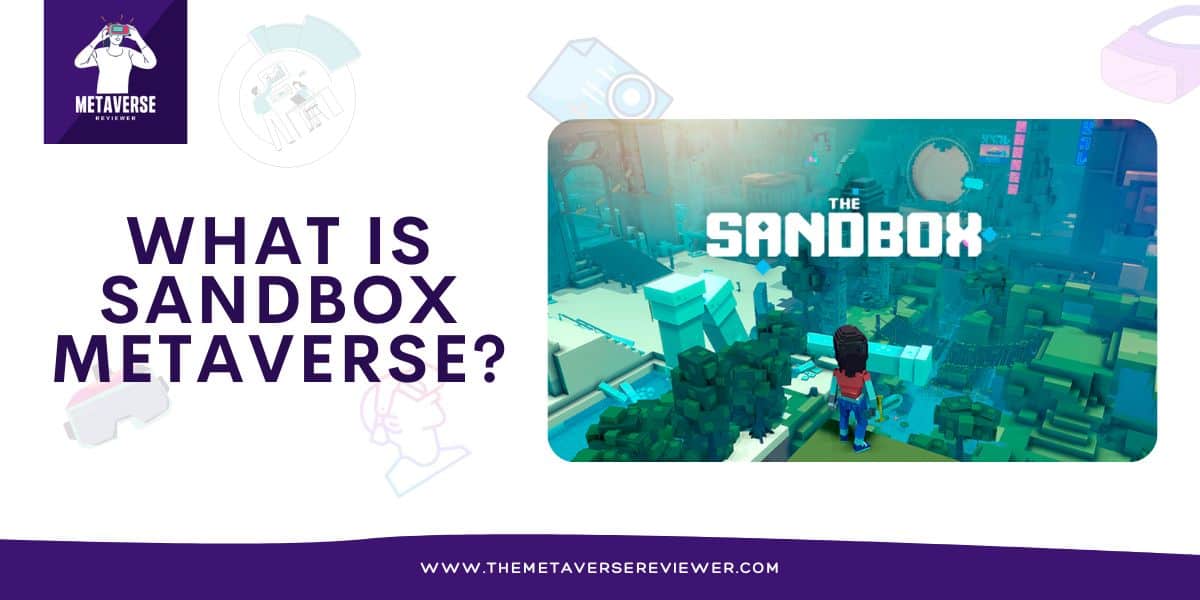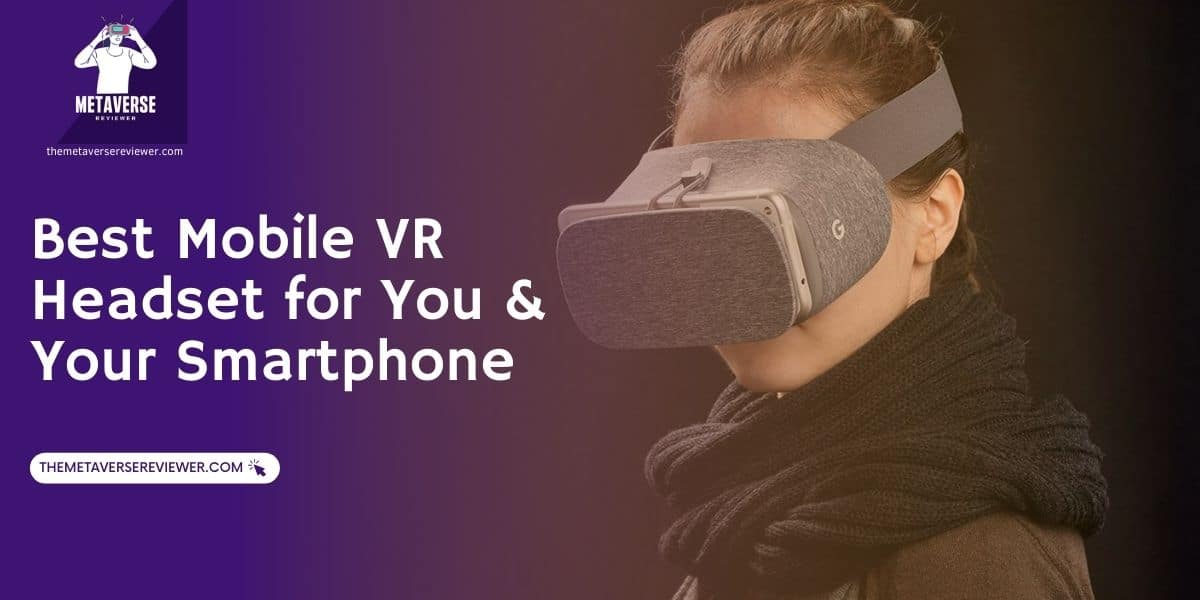In the rapidly evolving world of virtual reality, Meta Quest 3 and Meta Quest 2 stand at the forefront, representing the latest in VR technology. This article aims to compare these two cutting-edge VR headsets, examining their key features, advancements, and the overall user experience they offer. Whether you’re a seasoned VR enthusiast or a newcomer looking to step into the virtual realm, this comprehensive comparison will help you navigate the choices and understand which headset aligns best with your needs and expectations. Join us as we explore the exciting world of Meta Quest 3 vs Meta Quest 2.
Meta Quest 3 and Meta Quest 2 – Main Differences
The main differences between Meta Quest 3 and Meta Quest 2 lie in their hardware and capabilities. Meta Quest 3 boasts upgraded hardware with a more powerful processor, higher-resolution displays, and improved tracking technology, delivering a smoother and more immersive VR experience. Additionally, Quest 3 introduces mixed reality functionality, seamlessly blending virtual and augmented reality elements. In contrast, Meta Quest 2, while still a formidable headset, features slightly less powerful hardware and lacks mixed reality capabilities. These distinctions make Meta Quest 3 a compelling choice for those seeking cutting-edge VR technology and a more immersive experience.
Meta Quest 3 Pros and Cons
The integration of a more powerful processor and improved tracking technology ensures a smoother and more captivating gameplay. However, the higher price point compared to its predecessor, Quest 2, may deter budget-conscious consumers. The absence of eye-tracking technology and limited RAM could potentially limit certain interactive functionalities.
Meta Quest 3 Pros
- More powerful processor: The Quest 3 is expected to use a new Snapdragon XR2+ processor, which is said to offer a 2.5x increase in GPU performance and up to 50% better efficiency than the XR2 chip used in the Quest 2. This should lead to significant improvements in graphics and performance across the board.
- Higher-resolution display: The Quest 3 is also rumored to feature a higher-resolution display than the Quest 2. This would result in a sharper and more immersive VR experience.
- Improved tracking: The Quest 3 is expected to use a new inside-out tracking system that is more accurate and reliable than the system used in the Quest 2. This would make it easier to move around in VR and interact with objects without losing tracking.
- New design: The Quest 3 is expected to have a new design that is more comfortable and stylish than the Quest 2. It is also rumored to be lighter and smaller, making it more portable.
Meta Quest 3 Cons
- Price: The Quest 3 is expected to be more expensive than the Quest 2, especially if it features a higher-resolution display and more powerful processor.
- Battery life: It is unclear how the Quest 3’s battery life will compare to the Quest 2. However, the more powerful processor could potentially lead to shorter battery life.
- Ecosystem: It may take some time for the Quest 3 ecosystem to catch up to the Quest 2.
Meta Quest 2 Pros and Cons
Meta Quest 2 has its own set of pros and cons. To start with the positives, it offers a compelling entry point into the world of VR with its relatively affordable price tag, making it accessible to a broader audience. It provides a wireless and standalone VR experience, eliminating the need for a high-end PC or external sensors
Meta Quest 2 Pros
- Affordable price: The Quest 2 is one of the most affordable VR headsets on the market.
- Standalone design: The Quest 2 is a standalone headset, which means that it doesn’t require a PC or console to operate. This makes it very convenient and accessible.
- Wide range of games and apps: The Quest 2 has a large library of games and apps to choose from, including both popular titles and indie gems.
- Easy to use: The Quest 2 is very easy to set up and use. It’s also relatively comfortable to wear for extended periods of time.
However, its drawbacks include limited storage options, as the base model comes with 64GB, which may necessitate additional spending on storage upgrades. Also, some users have reported concerns about comfort during extended use and the potential for a “screen door effect,” where pixel gaps are visible. But, despite the cons, the pros of Meta Quest 2 still make it a great purchase if you want to enter the VR world.
Meta Quest 2 Cons
- Requires a Facebook account: In order to use the Quest 2, you need to create a Facebook account. This is a controversial requirement, as it has led to concerns about privacy and data collection.
- Limited battery life: The Quest 2 has a battery life of about 2-3 hours on a single charge. This can be a limiting factor for longer VR sessions.
- Some games and apps can be expensive: While the Quest 2 itself is affordable, some games and apps can be quite expensive. This is especially true for AAA titles.
- Can cause motion sickness: VR can cause motion sickness in some people, especially when first starting out. The Quest 2 is no exception.
Meta Quest 3 vs Meta Quest 2: Battery Life Expectations
When comparing Meta Quest 3 to Meta Quest 2 in terms of battery life, both headsets offer similar expectations of approximately 2-3 hours on a single charge. While this maintains consistency with the previous model, it’s worth noting that factors like screen brightness, application intensity, and wireless usage can influence actual battery performance.
While neither headset significantly improves upon this aspect, users should consider their usage patterns and available charging options to plan their VR experiences effectively.
If you’re planning on using your Meta Quest 3 or Meta Quest 2 for extended periods of time, it’s a good idea to invest in a battery pack. This will allow you to keep playing or working even after the headset’s battery runs out.
Meta Quest 3 vs Meta Quest 2: Design
Meta Quest 3 and Meta Quest 2 exhibit notable design differences. Quest 3 incorporates pancake lenses, allowing for a slimmer and lighter visor. However, it retains a fabric strap akin to Quest 2, departing from the approach of housing the battery in the strap. Also, the introduction of a scroll wheel for lens separation adjustment addresses the limitations of Quest 2’s fixed presets.
With another change, Quest 3’s design moves towards a strategic shift away from eye and face tracking, emphasizing mixed reality capabilities instead. These design changes, along with a Snapdragon XR2 Gen 2 chipset, position Quest 3 as a significant design improvement in VR hardware.
| Feature | Meta Quest 3 | Meta Quest 2 |
|---|---|---|
| Color scheme | Black and white | White |
| Front of the headset | Three pill-shaped panels with new pass-through cameras and a depth sensor | Two lenses and a single pass-through camera |
| Lenses | Adjustable to fit different eye widths and distances (IPD) | Adjustable to fit different eye widths and distances (IPD) |
| Strap system | New strap system that is more secure and comfortable | Adjustable strap system that is not as secure or comfortable |
| Weight | 40% lighter than the Quest 2 | 503 grams |
| Size | Smaller than the Quest 2 | 191.5 x 102 x 142.5 mm |
Meta Quest 3 vs Meta Quest 2: Hardware
Meta Quest 3 and Meta Quest 2 showcase distinct hardware differences. Quest 3 introduces upgraded components, including a more powerful processor, higher-resolution displays, and improved tracking technology, enhancing the overall VR experience. It also adds mixed reality capabilities which further set it apart from the previous model. Quest 2, while a capable headset, features slightly less robust hardware and lacks mixed reality functionality.
Meta Quest 3 vs Meta Quest 2: Games You Can Play
Meta Quest 3 is set to launch with a selection of highly anticipated games, offering users an exciting gaming experience right out of the box. However, what truly sets it apart is its compatibility with the extensive library of over 500 VR games available on Meta Quest 2.
This means that users can seamlessly transition to the new headset without losing access to their favorite titles, providing continuity and a vast array of gaming options.
Meta Quest 3 will be delivering an exciting lineup of titles.
“Ghostbusters: Rise of the Ghost Lord” lets players step into the shoes of paranormal investigators, while “Vampire: The Masquerade – Justice” delves into the intriguing world of vampires. “Assassin’s Creed Nexus” brings the acclaimed franchise to VR, offering a new dimension to stealthy adventures.
“I Expect You to Die 3” continues the popular spy-themed puzzle series, and “Samba de Amigo: Party Central” adds rhythm-based fun. With “The 7th Guest VR” horror enthusiasts can explore a chilling mystery, while “Asgard’s Wrath” and “Arashi: Castles of Sin – Final Cut” promise epic adventures.
Lastly, “Demeo” and “Arizona Sunshine 2®” ensure action-packed and cooperative gameplay, rounding out this impressive collection.
Meta Quest 3 vs Meta Quest 2 – Is it Worth the Upgrade?
Deciding whether to upgrade from Meta Quest 2 to Meta Quest 3 ultimately depends on your priorities and budget. Quest 3 offers enhanced hardware, mixed reality capabilities, and access to the latest titles, making it an attractive choice for those seeking the latest and greatest VR experience.
However, Quest 2 remains a capable and more budget-friendly option, especially if you have a limited budget or are content with the existing library of VR games. If you’re an early adopter looking for cutting-edge technology and the best VR has to offer, Quest 3 is worth considering, but Quest 2 continues to provide excellent value for a more budget-conscious audience.
Conclusion
Going over the differences between Meta Quest 3 and Meta Quest 2 gives you a chance to make the choice of which one is right for you. Quest 3, with its enhanced hardware and mixed reality, calls for those hungry for a more advanced experience, promising a journey into the unknown. Meanwhile, Quest 2, the tried and tested companion, retains its allure for those new to the VR world, along with the budget-conscious, offering wireless freedom and a treasure trove of games. Both of these headsets, which are set to remain popular in the metaverse, remind us that the metaverse is filled with possibilities for the user and innovator alike.
- Meta Quest 3 Review - October 12, 2023
- Meta Quest 3 vs Meta Quest 2 - October 8, 2023

















